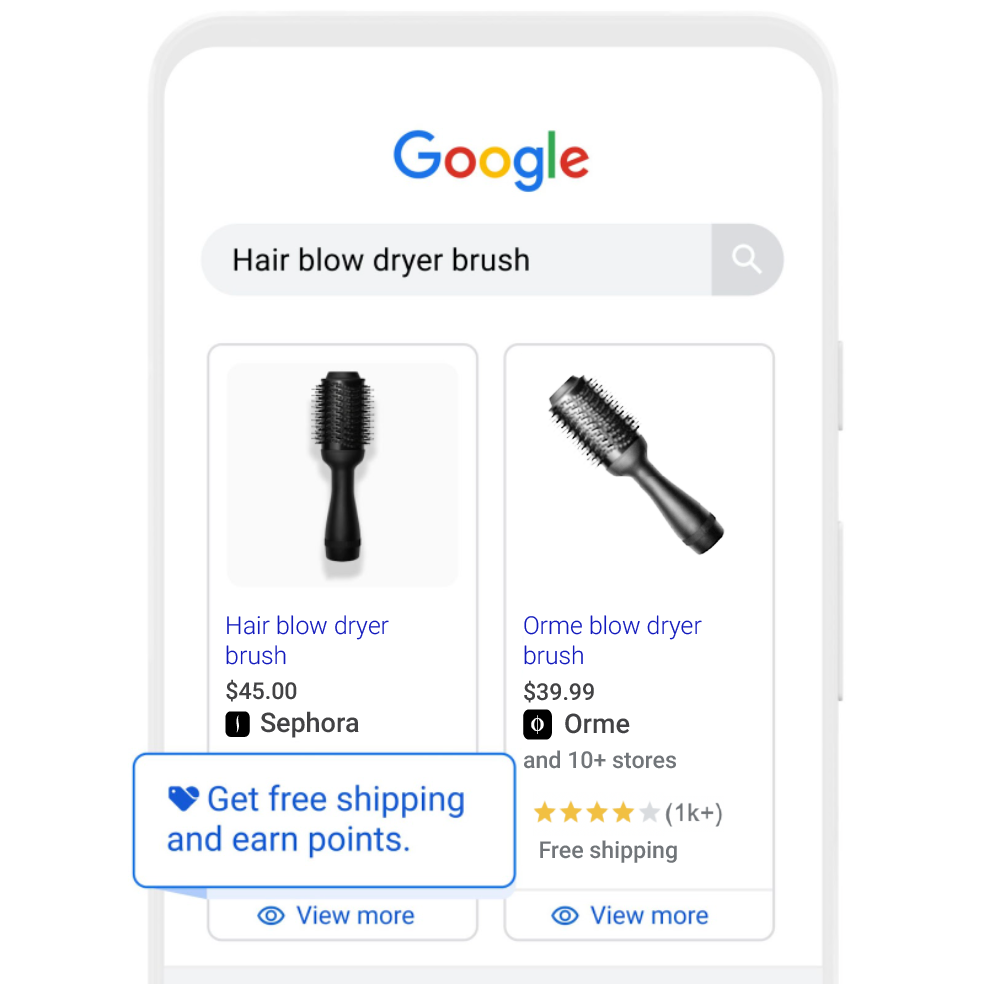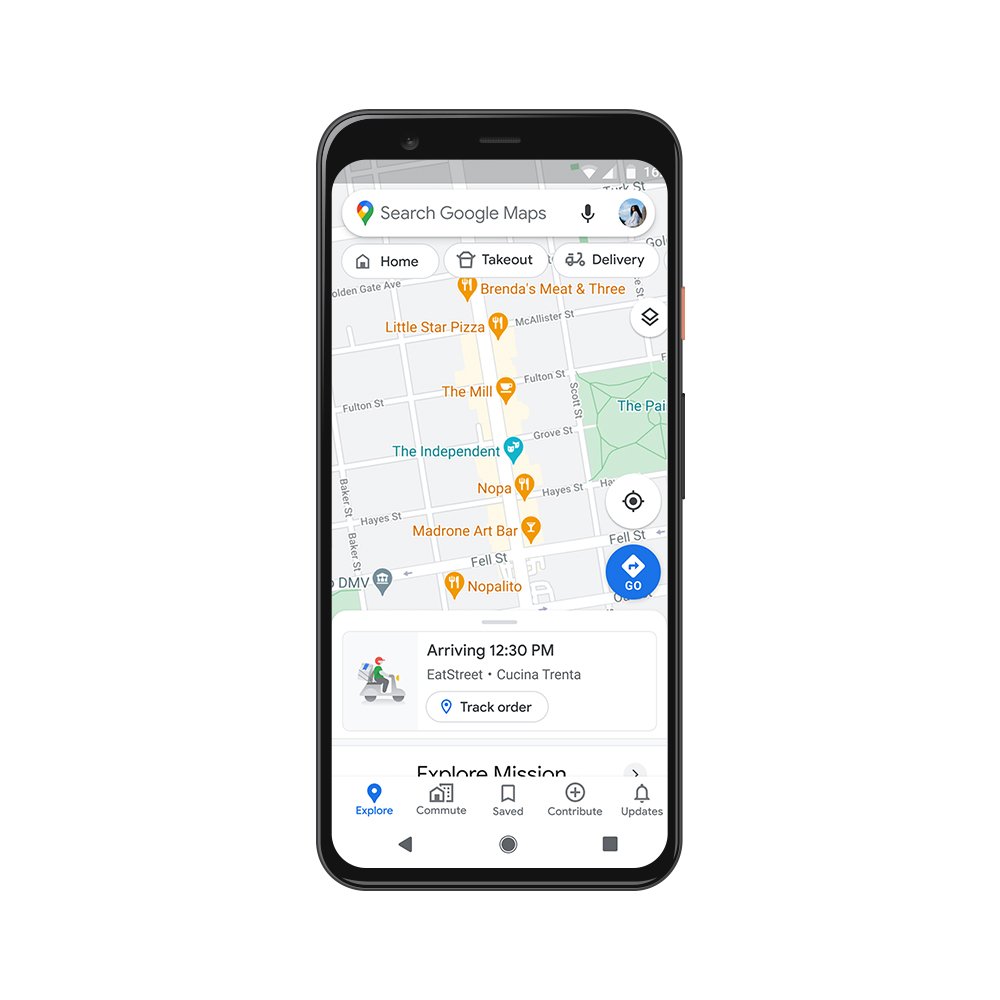feedLabel field. We’d like to update you on the progress of this change. Here are our previous announcements: - See Feed label replaces target country in Content API for Shopping for the original announcement for the Content API for Shopping.
- See Country targeting in Shopping Ads campaigns is changing in August 2022 for the original announcement for the Google Ads API.
Google Ads:
Any Google Ads account can set the
feed_label field in ShoppingSetting for Shopping and Performance Max campaigns. You can set feed_label in the Google Ads UI and the Google Ads API.Merchant Center & Content API:
As of September 14th, 2022 we‘ve started the gradual rollout of feed labels in the Merchant Center UI. When this feature is enabled in the UI, merchants will be able to create a new feed with feed label set to any valid string. See Use feed labels to advertise products from specific feeds for more information.
In the Content API, you might see the following:
- Products that have only
feedLabel, and nottargetCountry, if they were added in the Merchant Center UI. - Products with feed labels that aren’t two-letter country codes.
Products.update to update products by feedLabel. For example, if you had a product with offerId of “111111111” and a feedLabel set to “WINTERPRODUCTS”, you can now update attributes such as salePrice for that product by making the following call:HTTP request:
Example request body:
PATCH https://shoppingcontent.googleapis.com/content/v2.1/{merchantId}/products/online:en:WINTERPRODUCTS:1111111111
Behavior summary:
{
"salePrice": {
"value": "17.99",
"currency": "USD"
}
}
Here’s a clarification of the current API behavior for
feedLabel: - Insertion: You can only call
Products.inserton products with a matchingfeedLabelandtargetCountry. Currently,Products.insertmight return an error if you don’t provide a matchingtargetCountry. This behavior hasn’t changed if you continue to use onlytargetCountry. - Targeting: If you set
feedLabelto a valid 2-letter CLDR territory code, you must still set the shipping attribute of the products resource to the same country in order to target that country. For example, if you set a newfeedLabelto “US”, you must also set thecountryfield in the shipping attribute to “US”. If you don’t set both fields, the product might not be eligible to serve in that country. You can configure targeting for an entire feed in the Merchant Center UI. - Get/List: When you use
Products.listorProducts.get, you might see products that only havefeedLabel(and nottargetCountry) set if they were added in the Merchant Center UI. - Product IDs: Once a
feedLabelis set for a product it becomes part of the product Id. This means you can’t modify thefeedLabelfor that product (this is similar to howlanguageworks). If you wish to change thefeedLabelyou will need to create a new product with a different product Id.
Products:
Once the gradual rollout of feed labels in the Merchant Center UI is complete, we will accept
Products.insert calls with feedLabel set to any string. At this point, including targetCountry will become optional.Datafeeds:
In late September, we will also update the
datafeeds resource to include feedLabel in the Content API for Shopping.Opt out of receiving products and datafeeds without a country
If you’re concerned your codebase cannot handle products and datafeeds without a country, and you want to opt out of receiving them via the Content API for Shopping, fill out the following form: Feed label replaces target country in the Content API for Shopping - temporary exemption. When you’re ready to support
feedLabel, you can opt back in to receiving these offers.If you have any questions about this change, please visit the Content API for Shopping forum.



